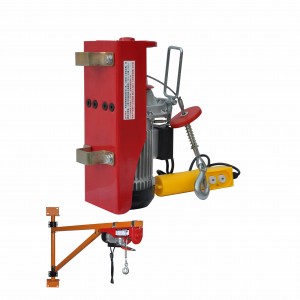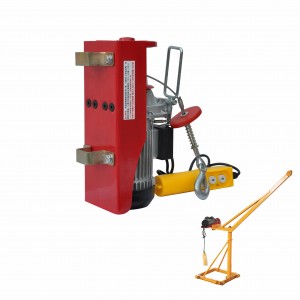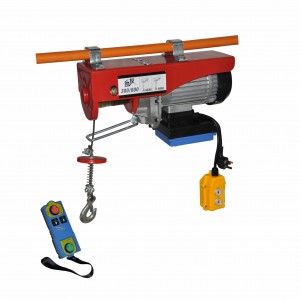(1) There should be enough working space, and there should be no obstacles within the lifting and slewing radius of the boom.
(2) The operator should strictly follow the signal of the commanding personnel, and should make a sound before performing various actions.
(3) In case of severe weather such as strong wind above grade 6 or heavy rain, heavy snow, heavy fog, etc., the crane should stop working in the open air.
(4) The safety devices such as the luffing indicator, torque limiter, and travel limit switch of the crane must be complete, sensitive and effective. It is not allowed to adjust and dismantle at will, and it is strictly forbidden to replace the operating mechanism with a limit device.
(5) When the crane is operating, no one should stay and pass under the heavy objects.
(6) It is strictly forbidden to use unmanned cranes to carry people.
(7) The operation must be carried out according to the specified lifting performance, and overloading operations and objects with unknown weight should not be lifted.
(8) It is strictly forbidden to use cranes for cable-staying, slanting hoisting and hoisting for underground burial or condensation operations and lifting heavy objects on the ground.
(9) It is not allowed to stack and hang scattered objects on heavy objects. When lifting scattered objects, use a hanging cage or bind them firmly with wire ropes. The angle between the wire ropes and the objects should not be less than 3 degree.
(10) The lifting speed should be uniform, and the slewing action should be balanced. Sudden fast and slow and sudden braking are strictly prohibited. Unreasonable force descending cranes are strictly prohibited from freely falling with load.
(11) It is not allowed to work close to the overhead transmission line, and the safety distance must be kept within the regulations.
(12) It is strictly forbidden to repair the hooks and rings of the crane, and they should be replaced in the following situations: permanent deformation of the dangerous section and hook neck; cracks on the surface; wear of the section at the lanyard exceeds 10% of the height; hook lining The sleeve wears more than 50% of the original thickness, and the mandrel (pin) wears more than 3%-5% of its diameter.
Post time: Apr-18-2023







